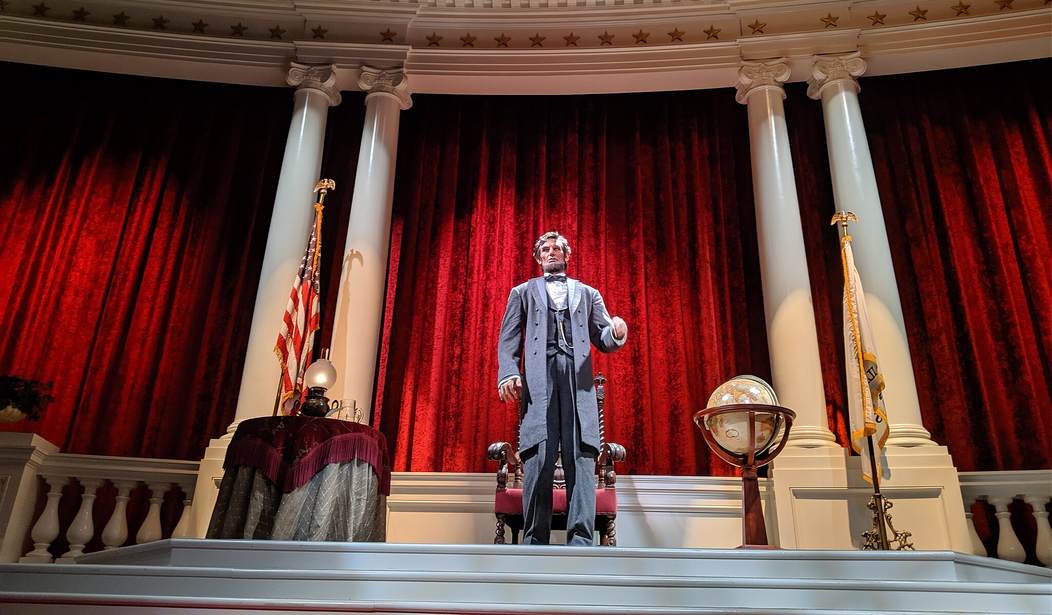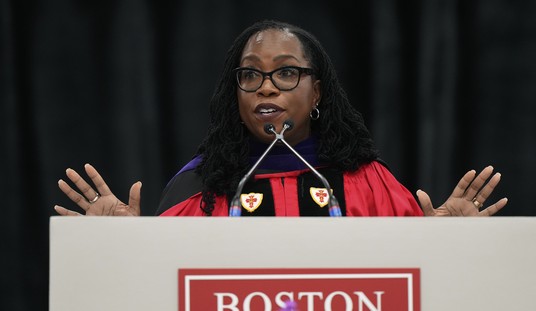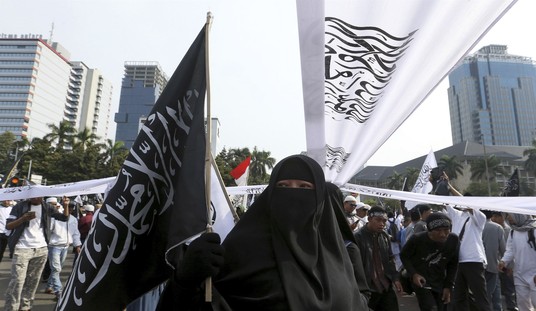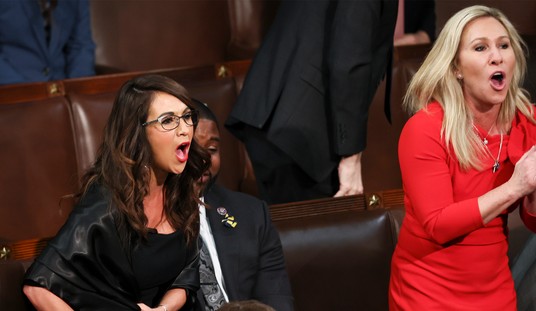Part 1: ‘The Kind Of Service We Can Offer’
Part 2: ‘Something No One Has Seen Or Done Before’
Welcome to the third week of our series celebrating the 50th anniversary of Disney’s involvement in the 1964-65 New York World’s Fair. If you missed last week, we looked at Ford’s Magic Skyway pavilion and Disney’s spellbinding work on it. This week we’re talking a look at another pavilion that allowed Walt to raise the bar on one of his newest innovations: Audio Animatronics.
Walt became interested with animatronic figures when he brought a mechanical toy bird back from a trip to New Orleans. He took the toy apart to see how it worked and to figure out how he could improve on it. His work on the mechanical bird led Walt to task Roger Broggie and Wathel Rogers to create a “dancing man” animatronic, and they did so using a film of actor Buddy Ebsen singing a vaudeville song on a proscenium stage as a guide. An entire attraction built around Audio Animatronic figures – The Enchanted Tiki Room – opened at Disneyland in 1963, but Walt had even bigger ideas.
Walt and the Imagineers began to develop the concept for a side street off Disneyland’s Main Street, U.S.A. called Liberty Street. The area would center around the founding principles of the United States, and its key attraction would be One Nation Under God, a celebration of America culminating in a Hall of Presidents.
In 1962, World’s Fair mastermind Robert Moses visited Disneyland to check on the progress of Walt’s exhibits for the Fair, and Walt showed him the Hall of Presidents concept, inviting Moses to “meet Mr. Lincoln.” Moses found himself taken aback by the animatronic Abraham Lincoln that he declared, “I won’t open the fair without that exhibit!” By the following summer, Moses had convinced the State of Illinois to include the Lincoln show in their pavilion.
The Fair’s guidebook describes the attraction, entitled Great Moments With Mr. Lincoln, like this:
After watching a brief sound and slide presentation, “The Illinois Story,” visitors enter a comfortable theater where the figure of Lincoln rises from its chair and recites excerpts from some of the speeches of the Civil War President. The figure is capable of more than 250,000 combinations of actions, including gestures, smiles and frowns; the facial features were taken from Lincoln’s life mask.
Disney sculptor Blaine Gibson was responsible for the likeness of the 16th president, while character actor Royal Dano provided Lincoln’s voice. Writer James Algar culled the script from several of Lincoln’s speeches, and composer Buddy Baker created a score based on Civil War melodies and a stirring rendition of “The Battle Hymn of the Republic.”
The Imagineers were pleased with the sophisticated, dignified animatronic likeness of Lincoln, which performed perfectly in California. But when the figure arrived for installation in New York, the problems began. Bob Thomas sums up the issues with Mr. Lincoln in Walt Disney: An American Original:
The arrival in New York was a portent of things to come. The delivery truck became ensnarled in the traffic for the opening of Shea Stadium, adjacent to the fair, and delivery was delayed until the following day. [Disney] technicians set up the elaborate controls for the figure and discovered to their horror that it wouldn’t work. “Mr. Lincoln” delivered his performance perfectly, then went into convulsions. The dampness of the New York air was suspected as a cause. Also, the fluctuations in electrical current caused by the Shea Stadium lights and twelve-billion-candlepower beam in the Tower of Light Pavilion.
Imagineer Marc Davis asked Algar,”Do you suppose that God is mad at Walt for creating man in his own image?”
The problems stretched on for days, and when the press preview on April 20 rolled around, Walt had to break the news to the press that Mr. Lincoln wasn’t fully functional. Bob Thomas relates the tale:
Walt lifted an eyebrow and told the audience with a half-smile, “There isn’t going to be any show.” The guests began to laugh. “It’s true. We’ve worked like beavers to get it ready, but it’s not ready, and I won’t show it to you until it is. I’m sorry, but there’s not point in showing a thing that might fall apart on us.”
A week later, Mr. Lincoln suddenly and inexplicably began to perform flawlessly, and the exhibit opened to the public on May 2. Great Moments With Mr. Lincoln became an immediate and undeniable hit.
The nearly 500 seat theater hit capacity nearly every time the show ran, and the attraction generated positive word of mouth. One Disney spokesman said that Great Moments With Mr. Lincoln was “one of the very few that draws spontaneous applause at the end of each show.”
The comment cards guests filled out demonstrated how beloved the exhibit really was:
“Should be shown to everyone throughout the world to show the meaning of freedom and liberty.”
“First time I cried in years.”
“Thank you for keeping the spirit of Lincoln alive.”
“I heard favorable comments from a New York taxi driver.”
“The world needs more of this sort of thing.”
“Could this be given a permanent viewing place?”
Of course, Disney found a permanent home for Great Moments With Mr. Lincoln. On July 17, 1965, Disneyland’s tenth anniversary, Walt proudly dedicated the new home of Mr. Lincoln. When Walt Disney World opened in 1971, one of its highlights was Liberty Square and its signature attraction, The Hall of Presidents, featuring a speech by another animatronic Abraham Lincoln. This time, he performed perfectly from the start.










Join the conversation as a VIP Member